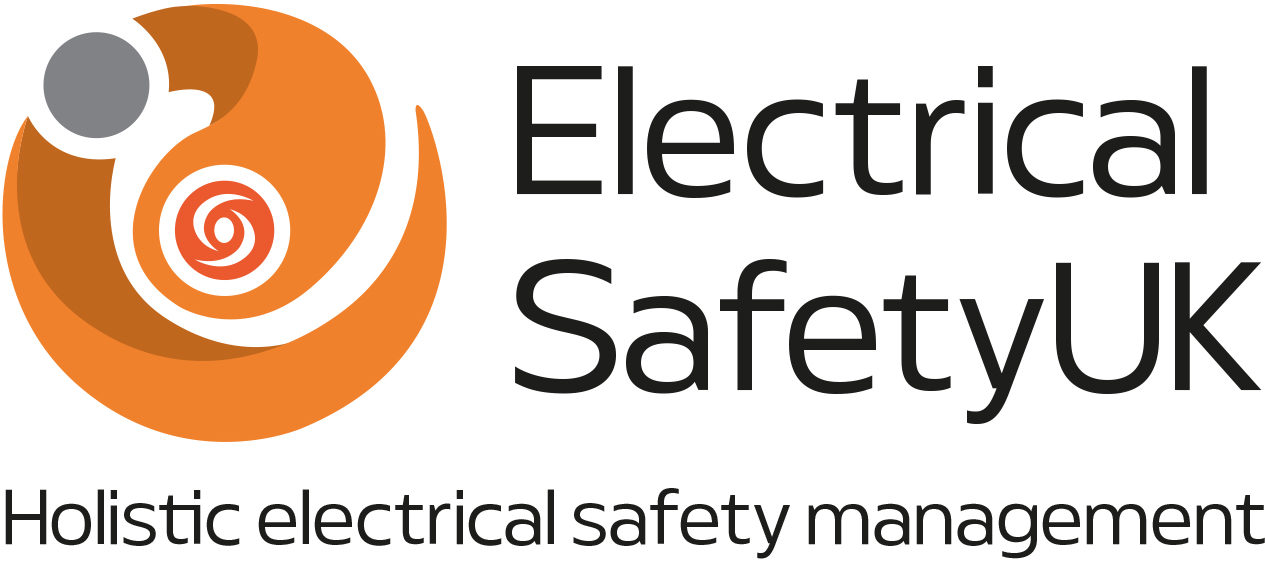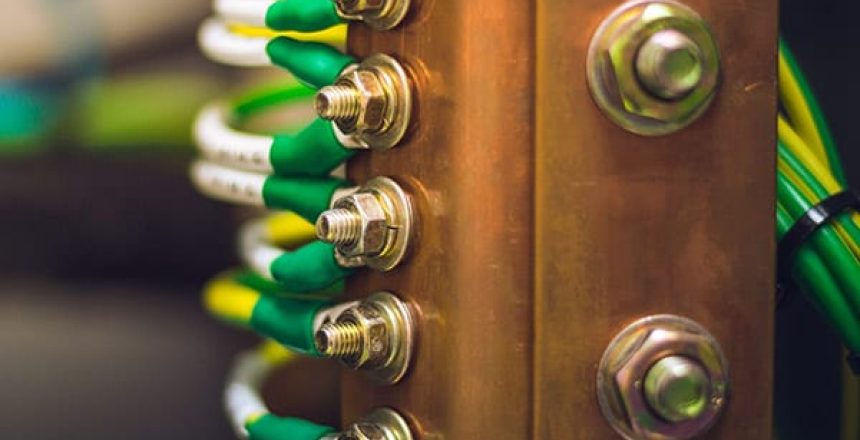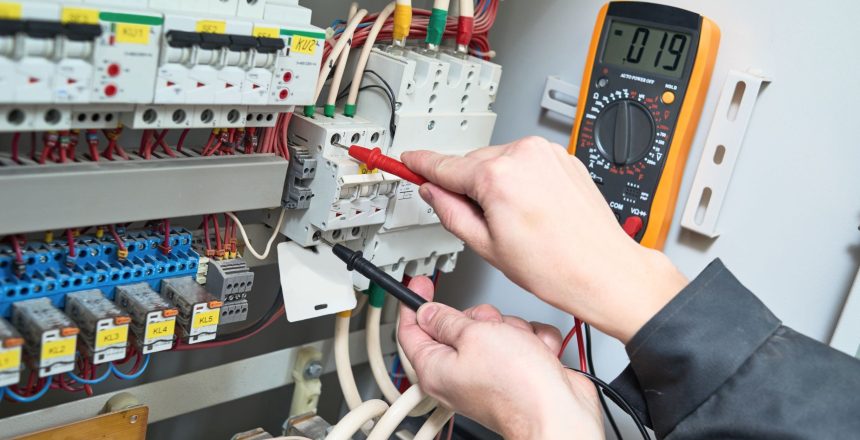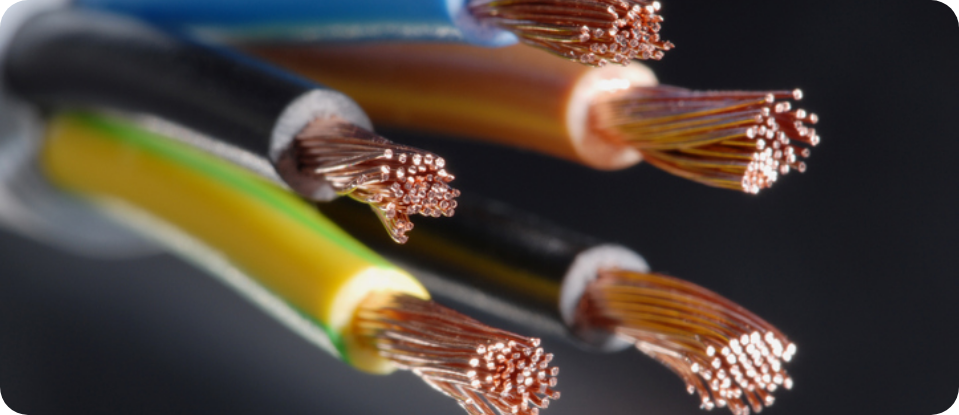The term earthing and bonding for many people often causes confusion, and in some cases a lack of understanding can lead to a very unsafe condition arising. Except in a couple of specific situations where earthing is required for equipment to function correctly, earthing and bonding may seem like an unnecessary effort and expense: after all, equipment will still work without earthing or bonding being in place. Earthing and bonding is a safety feature and is incorporated with the provision of fuses and circuit breakers to automatically disconnect the supply of electricity under certain fault conditions and to keep people safe whilst this is happening.
Earthing and bonding is intended to protect people when they come into metallic parts that have the potential to conduct electricity, this falls into the general protective measure of fault protection.
Metal parts associated with electrical systems, such as the casing of an electric kettle could become live if the insulation around electrical parts within becomes defective and contact is made with that metal case. The casing would sit there, electrically charged, waiting for someone to touch the casing and complete the electrical path, with fatal consequences. The metal casing of that kettle is referred to as an exposed conductive part and the connection that we make to that casing is referred to as earthing.
Another dangerous condition that can occur, is that a voltage can appear on metallic parts that can conduct electricity. This may be between exposed conductive parts, or can be between metallic parts not ordinarily associated with electrical systems, such as structural steelwork or copper water pipes. These metallic parts are referred to as extraneous conductive parts as they are ‘extra’ to the electrical system. We electrically link these metal parts together to prevent a difference in potential (a voltage appearing) between them, and also to ensure that extraneous conductive parts are maintained at approximately the same voltage (or potential) as exposed conductive parts. This is called bonding and is sometimes referred to as equipotential (equal voltage) bonding.
Earthing is intended to connect exposed conductive parts to the installation Main Earthing Terminal (MET) via a Circuit Protective Conductor (CPC), and its effectiveness must be such that sufficient current is able to flow during a fault to cause the fuse or circuit breaker that protects that circuit to operate and switch off the supply of electricity. The size of the circuit protective conductor must be carefully selected to ensure that it does not introduce unnecessary impedance (a.c. version of resistance) in the circuit (which will limit the amount of current that can flow) and is of a size capable of carrying fault current for the duration of the fault without becoming damaged (melting, referred to as thermal effects).
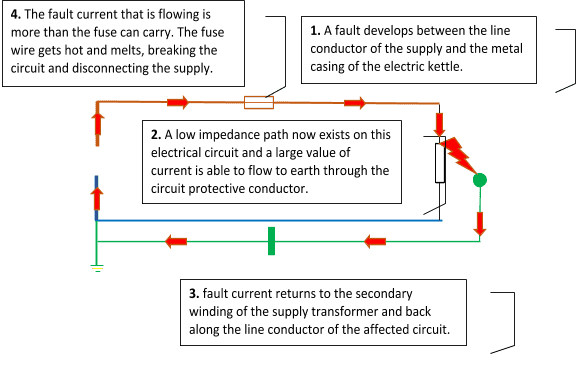
Bonding conductors connect together exposed conductive parts and also connect together extraneous conductive parts, as well as interconnecting between the two. Bonding is intended to maintain voltage between those parts, rather than to carry fault current, but during a fault could carry current in certain circumstances. The bonding conductor needs to be of sufficient size such that its resistance does not allow hazardous voltages to develop, typically no more than 50 volts in ideal circumstances.
We connect metallic water, gas and oil pipes as well as structural steel work and lightning protection systems to the main earthing terminal; this is called main protective bonding (previously this was called equipotential bonding).
We also connect metallic services and electrical services together in local areas, such as in bathrooms and kitchens, or in and around swimming pools and other high-risk areas. This is referred to as supplementary bonding, and often involves conductors much smaller than those used for main protective bonding.
Bonding is intended to maintain metalwork at an equal voltage in the event of an earth fault developing. However, bonding also provides shock protection even though no electrical problem exists, but a voltage between extraneous conductive parts might arise due to electrolytic or galvanic reactions. This is where different metals (electrodes) react with their surroundings (electrolyte) and in effect becomes a potentially large (and hazardous) battery.
